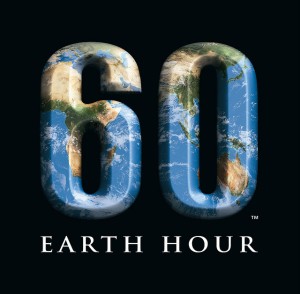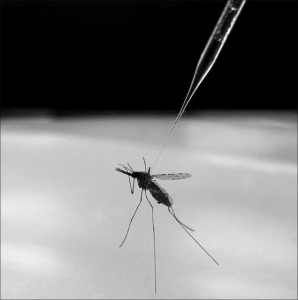UAEM Alberta and Earth Hour: Toward a Truly Global Health
Edmonton–Earth Hour is nearly upon us, friends of UAEM Alberta! If you follow our Facebook and Twitter feeds, you’ve probably seen us encouraging you to vote for the city of Edmonton in the People’s Choice category of WWF’s We Love Cities campaign. For those of you not familiar with the history of that program, this blog post is going to start by providing some background.
You may also be wondering, though, why UAEM Alberta is focusing on issues related to global climate change, and it’s not just because our chapter is in Edmonton! There are actually some important connections between neglected tropical diseases and global warming patterns. So the second part of this post will detail some of those connections, making the case that climate change is necessarily a central issue in broader discussions of global health.
What is the We Love Cities Campaign?
The WWF’s Earth Hour program, a grassroots campaign encouraging awareness of and action against climate change, famously began with a series of “lights off” events, in which people worldwide coordinated to turn off all non-essential lighting at a set time. Since then, the movement has grown in both scope and scale, and one component of that shift has been the Earth Hour City Challenge. The program recognizes those cities that the WWF deems to be doing the best work to build sustainable, safe-energy urban centres.
Last year, Edmonton took the crown of Earth Hour capital of the world! This year, Vancouver has been awarded that honour (congratulations, YVR!), but voting is still open for the People’s Choice category. And that’s where you come in! You can follow this link to vote for Edmonton; you can also tweet your favourite things about YEG under the hasthag #weloveedmonton, or upload photos to Instagram using the same hashtag.
But Why Is UAEM Alberta Involved?
We admit, of course, that as an organization situated in Edmonton we’re hardly unbiased in the competition aspect of the Earth Hour City Challenge! But we’re also getting involved in and publicizing these events because there’s a lot of existing research indicating that neglected diseases and global climate change are in fact interconnected phenomena.
A rise in annual temperatures has already been identified as a potential cause for a rise in the number of malarial mosquitoes in high-altitude areas like Tanzania and Kenya. Malaria is not classified as an NTD, but researchers fear a similar effect on other tropical diseases transmitted by flies and mosquitoes.
And indeed, some have argued that we are beginning to see precisely these types of shifts take place partly as a result of climate change. Dengue is an NTD with no known curative treatment, and which can be fatal when it develops into dengue hemorrhagic fever. This mosquito-borne viral disease, the WHO notes, has recently surged in many tropical and subtropical countries, and has re-emerged throughout Asia and the Americas as well, in part because dengue mosquitoes “reproduce more quickly and bite more frequently at higher temperatures” (par. 5).
Research in this area is still at an early stage, and many scientists currently disagree about the level of impact climate change is having, and will have in the future, on NTDs. However, it is becoming increasingly apparent that some connection between the two is indisputable. So UAEM Alberta encourages all of you not just to vote for Edmonton in the We Love Cities campaign, but to mobilize in other ways that recognize the direct connection between our planet’s health and our own. (And while you’re at it, feel free to share the types of actions you take in the comments on this post, or connect with us on social media!)
Megan Farnel is a PhD Candidate in English, and the UAEM Alberta reporter.


Pingback: UAEM’s Position on the 2015 Alberta Provincial Election (Post 3: Environment) | UAEM Alberta